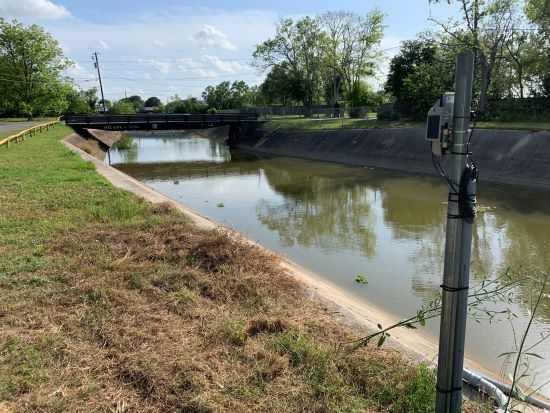Civil, Architectural and Environmental Engineering
-
Ervin Perry and T.U. Taylor Inducted Into Academy of Distinguished Alumni
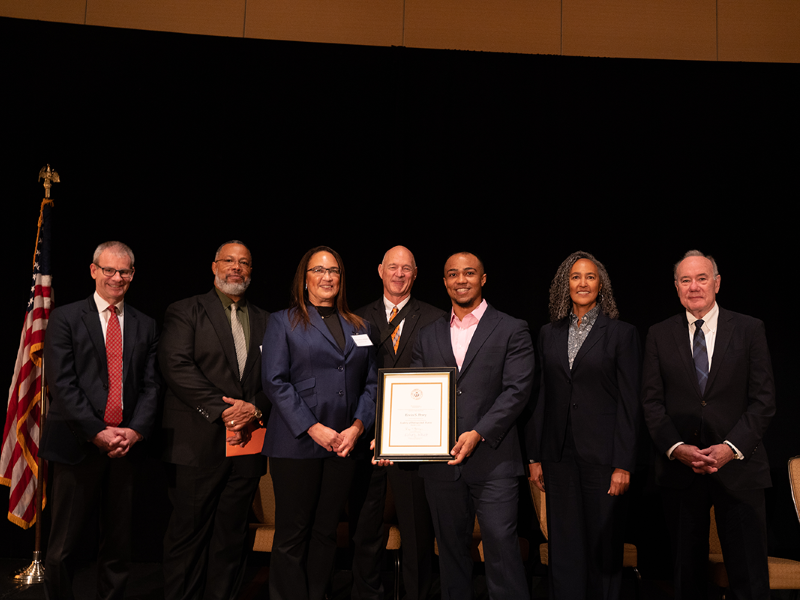
Ervin S. Perry and T.U. Taylor were inducted into the Civil, Architectural and Environmental Engineering Academy of Distinguished Alumni, becoming the first posthumous inductees in the academy's history.
-
Nine Texas Engineers Receive NSF CAREER Awards

Nine faculty members from across the Cockrell School of Engineering have earned the National Science Foundation's prestigious Faculty Early Career Development (CAREER) awards. The awards provide up to five years of funding to junior faculty who exemplify the role of teacher-scholars through outstanding research, excellent education and the integration of education and research within the context of their organizations’ missions.
-
Texas Universities Partner to Study Combined Impact of Flooding and Air Pollution in Beaumont-Port Arthur
Four Texas universities, led by The University of Texas at Austin, have been awarded a grant to establish a new research center to study the risks and impacts of flooding and air pollution in a fast-growing part of Southeast Texas. The scientists will focus on the interactions between these two key issues, as well as their potential acceleration under various climate scenarios.
-
UT-led Research Center Aims to Find Better Ways to Clean Water
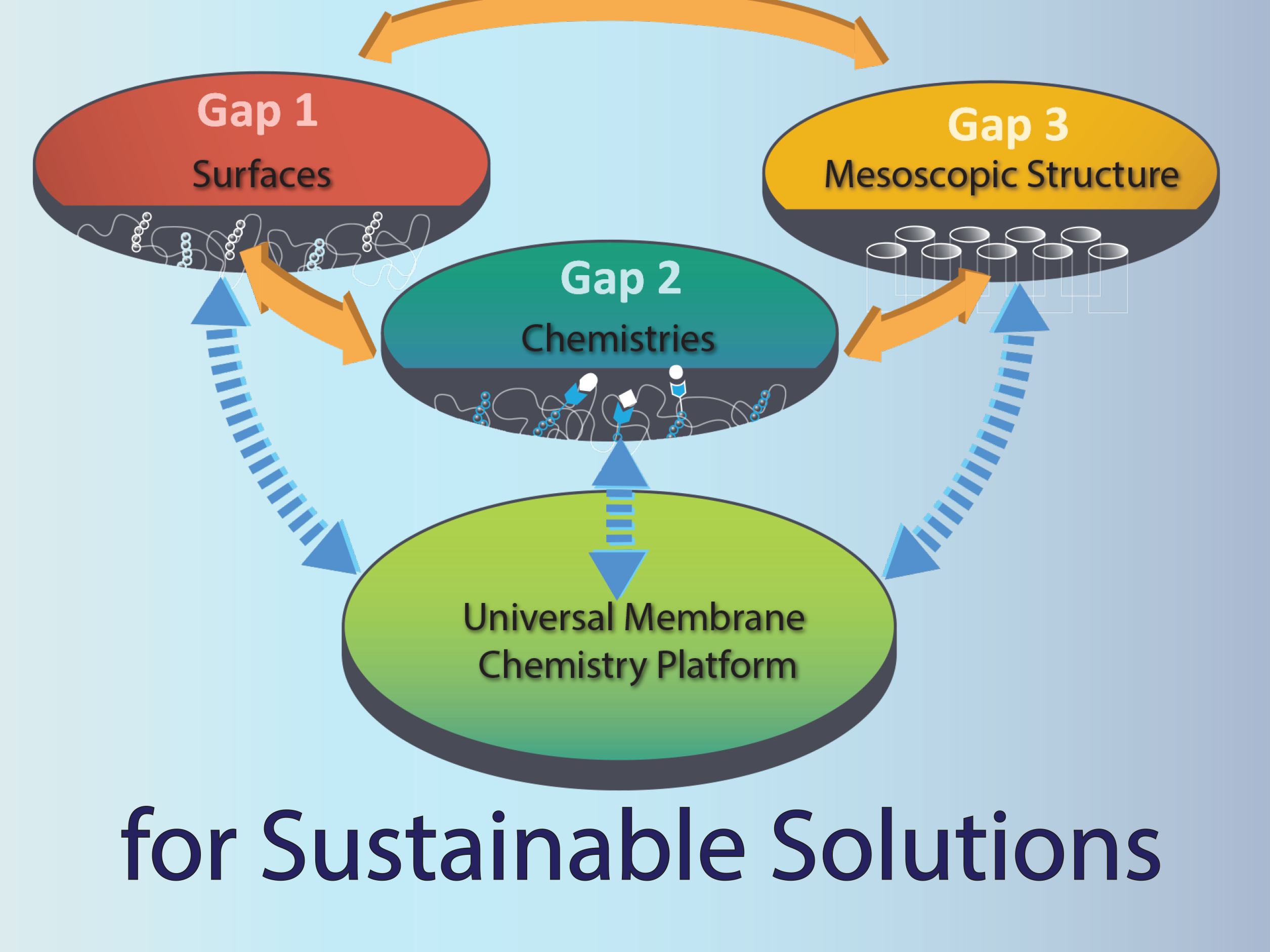
The Center for Materials for Water and Energy Systems (M-WET) has been studying novel membrane-based approaches — and new materials — to change how we purify water for four years, and that work will continue after the U.S. Department of Energy (DOE) renewed funding for the initiative. M-WET will receive an additional $12 million over another four years, through DOE’s Energy Frontier Research Center Program.
-
Do Autonomous Driving Features Really Make Roads Safer?

In recent years, more vehicles include partially autonomous driving features, such as blind spot detectors, automatic braking and lane sensing, that are said to increase safety. However, a recent study by researchers from The University of Texas at Austin finds that some of that safety benefit may be offset by people driving more, thereby clogging up roads and exposing themselves to more potential crashes.
-
Lydia Contreras Named Vice Provost for Faculty Diversity
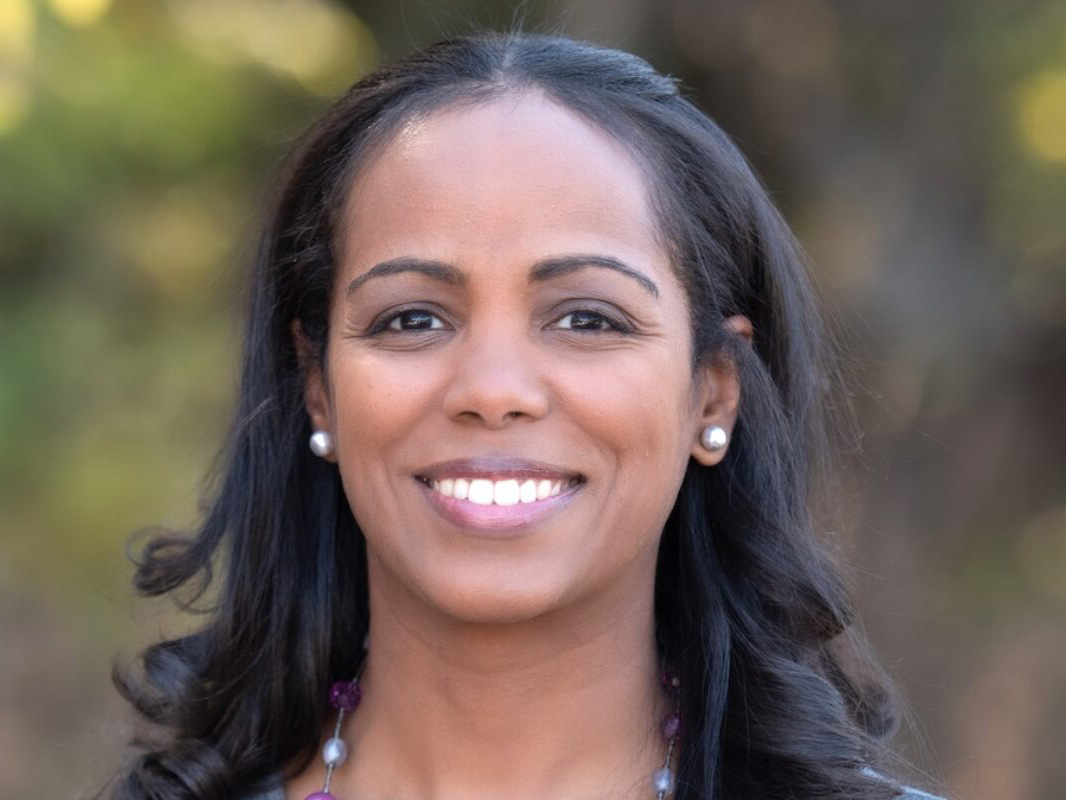
The University of Texas at Austin has named Lydia Contreras as its new vice provost for faculty diversity, equity and inclusivity, effective immediately. Contreras, who currently holds the Jim and Barbara Miller Endowed Faculty Fellowship in Chemical Engineering, has served for the past two years as the managing director of diversity in the Office of the Executive Vice President and Provost.
-
Nanostructured Fibers Can Impersonate Human Muscles
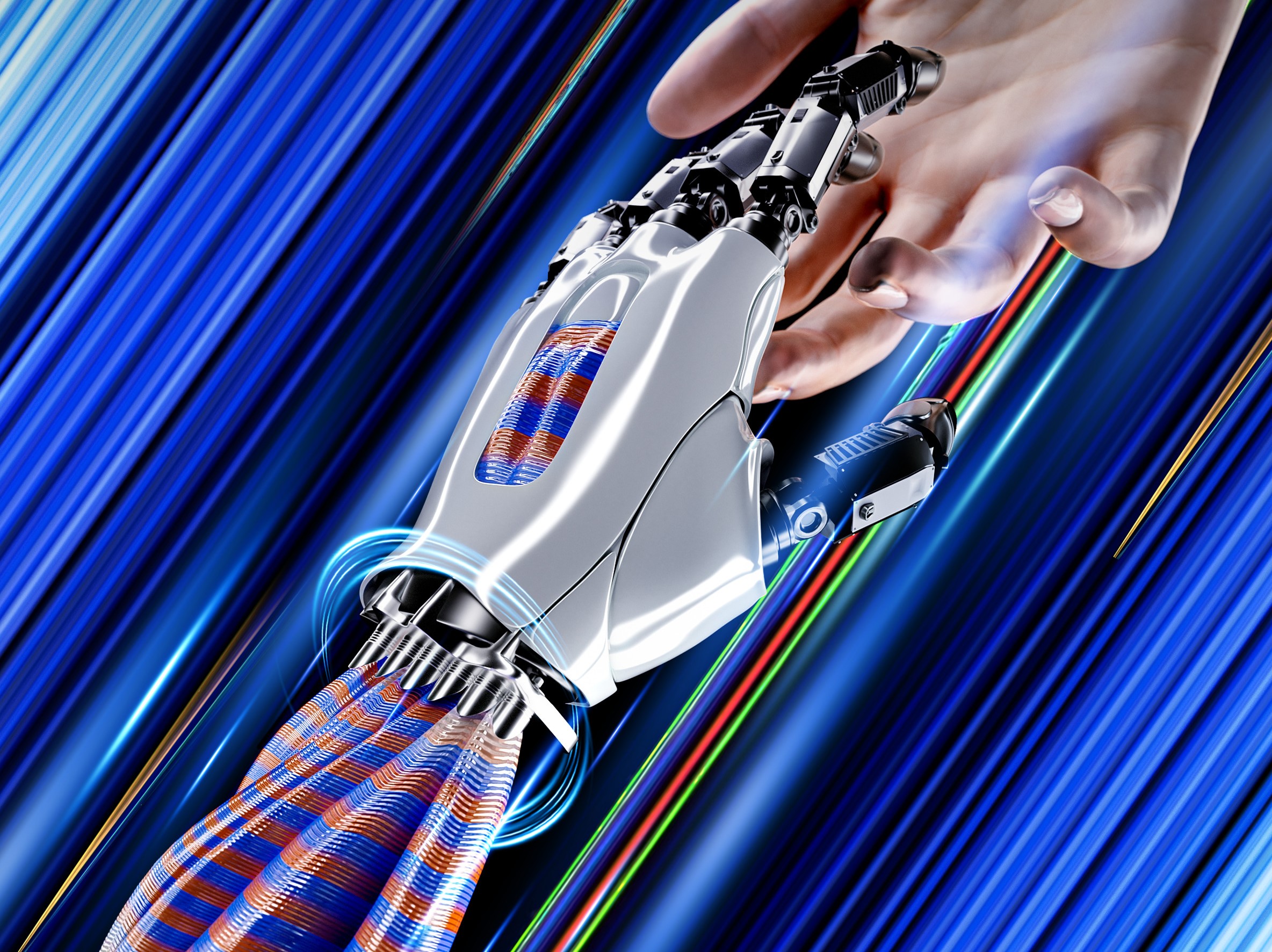
Mimicking the human body, specifically the actuators that control muscle movement, is of immense interest around the globe. In recent years, it has led to many innovations to improve robotics, prosthetic limbs and more, but creating these actuators typically involves complex processes, with expensive and hard-to-find materials. Researchers at The University of Texas at Austin and Penn State University have created a new type of fiber that can perform like a muscle actuator, in many ways better than other options that exist today. And, most importantly, these muscle-like fibers are simple to make and recycle.
-
Report: Transit Investments Alone May Not Be Enough to Get People Out of the Car
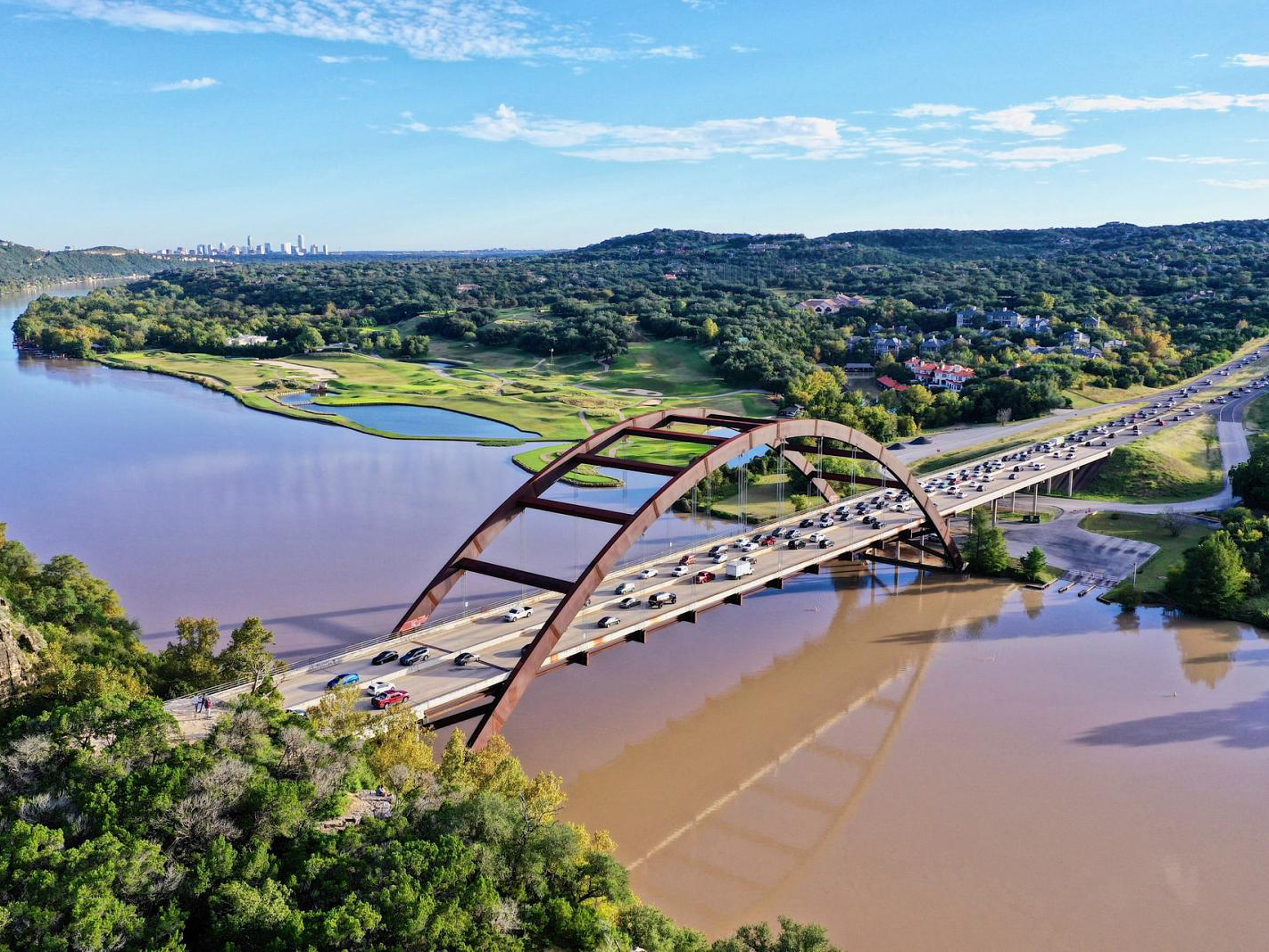
Getting people out of their cars in auto-centric cities will likely take both carrot and stick policymaking, according to a new survey from The University of Texas at Austin and Arizona State University. The survey found that 68% of people surveyed were happy with using cars for non-commute trips. And while many of these drivers want to live in neighborhoods with a mixture of businesses and residential and healthy transit, they still prefer the convenience of driving their own car. Furthermore, the report found that more car use for non-commute trips generally led to increased satisfaction with their travel situation.
-
Cockrell School Faculty Elected Fellows of the American Association for the Advancement of Science
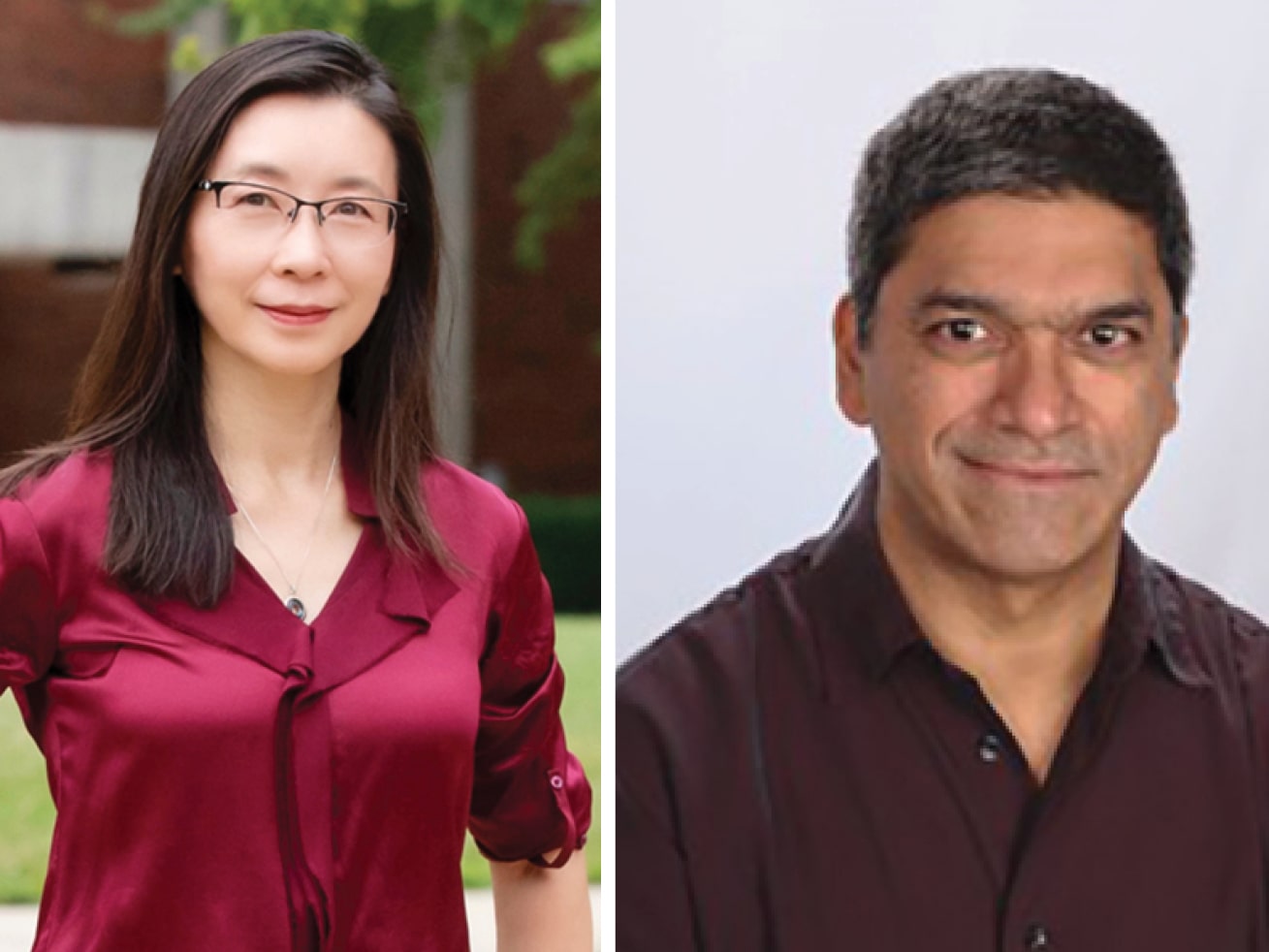
Two Cockrell School of Engineering faculty members have been elected fellows of the American Association for the Advancement of Science (AAAS), the world’s largest general scientific society. The honor recognizes important contributions to the fields of science, technology, engineering and mathematics—including pioneering research, leadership within a given field, teaching and mentoring, fostering collaborations, and advancing public understanding of science.
-
Cockrell School Celebrates Naming of the Sam and Hema Kumar Construction Engineering and Project Management Program

On December 10, the Cockrell School of Engineering hosted a celebratory event to commemorate the naming of the Sam and Hema Kumar Construction Engineering and Project Management Program (CEPM) in the Department of Civil, Architectural and Environmental Engineering. The Kumar CEPM program is named in honor of alumnus Sam Kumar and his wife, Hema, for their transformative gift to the program.
-
Virtual Conferences are Better for the Environment and More Inclusive

The COVID-19 pandemic brought work travel and in-person conferences to a halt, but new research finds this shift has made it easier for more people who could not previously attend these events to participate and lowered their environmental footprint.
-
First Global River Database Documents 40 Years of Change
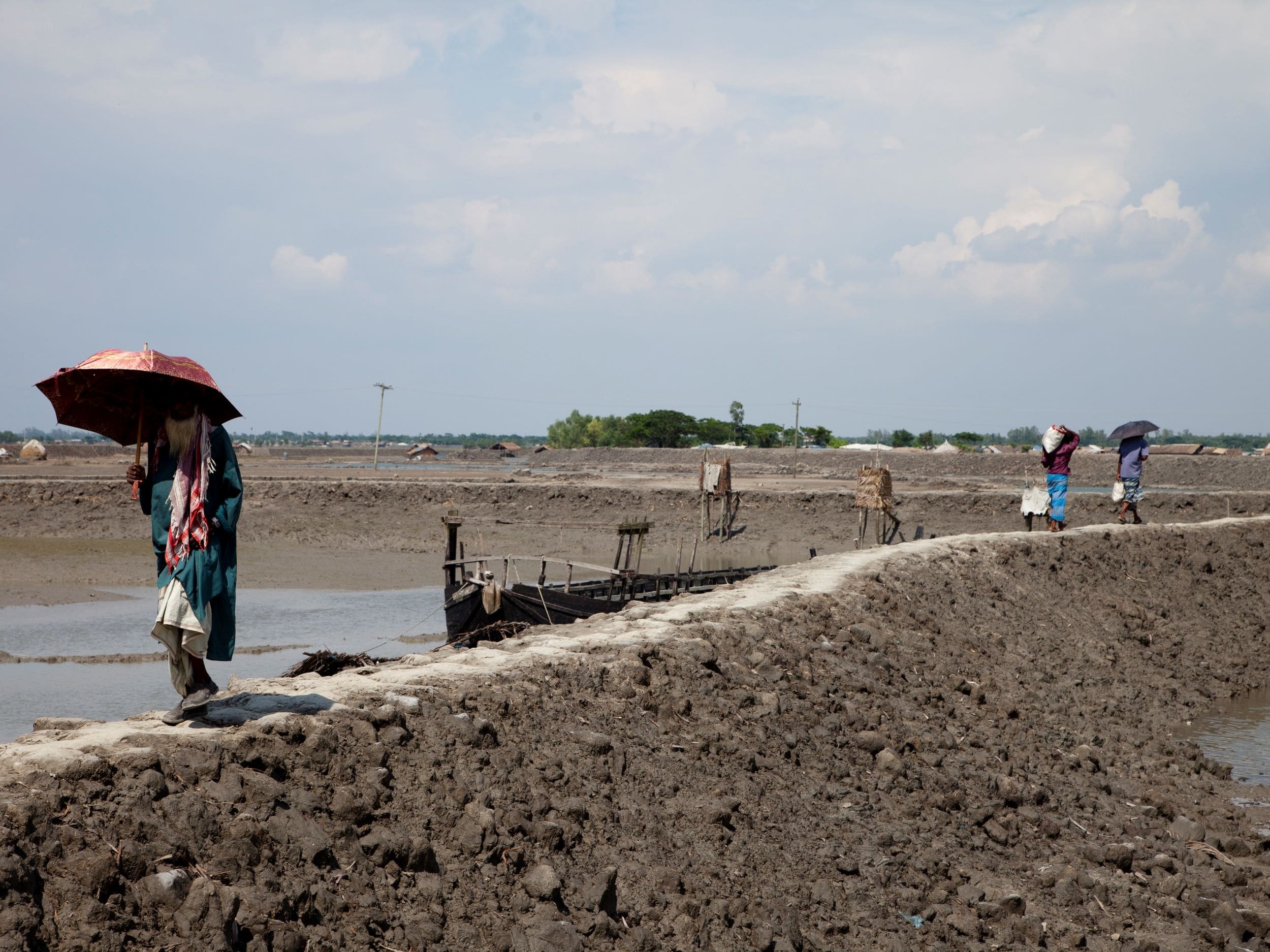
A first-ever database compiling movement of the largest rivers in the world over time could become a crucial tool for urban planners to better understand the deltas that are home to these rivers and a large portion of Earth’s population.
-
The Strength of Concrete, Steel and Listening
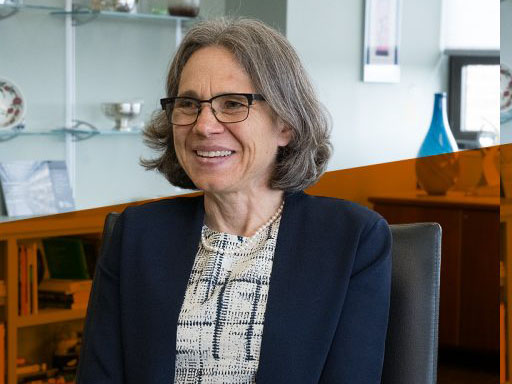
Sharon Wood does not start her day with coffee; she gave up caffeine during her undergraduate days. Instead, she starts by running or cycling. This will not surprise anyone who knows the hardworking, early rising engineer who, on July 19, becomes UT’s No. 2, the executive vice president and provost. “I drink cold water,” she says.
-
Faculty Commentary: Humans Want Stable Landscapes; But Rivers Need to Move
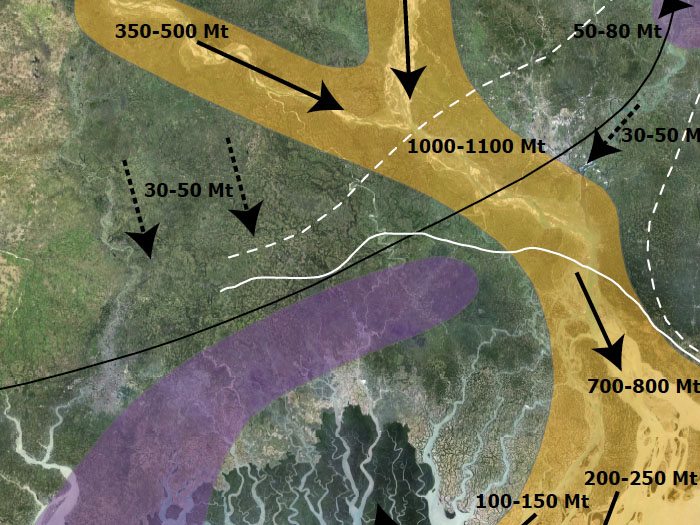
River deltas change over time, and the freedom to shift river location is important to maintaining a healthy ecosystem. However, humans are used to the stability of fixed infrastructure, so they struggle dealing with dynamic landforms like river deltas. And we tend to conflate river deltas that are changing with degradation, when in fact it is the opposite. Rivers changing course and evolving over time is a good sign for the delta and the environment around it.
-
The Delicate Balance of Protecting River Deltas and Society
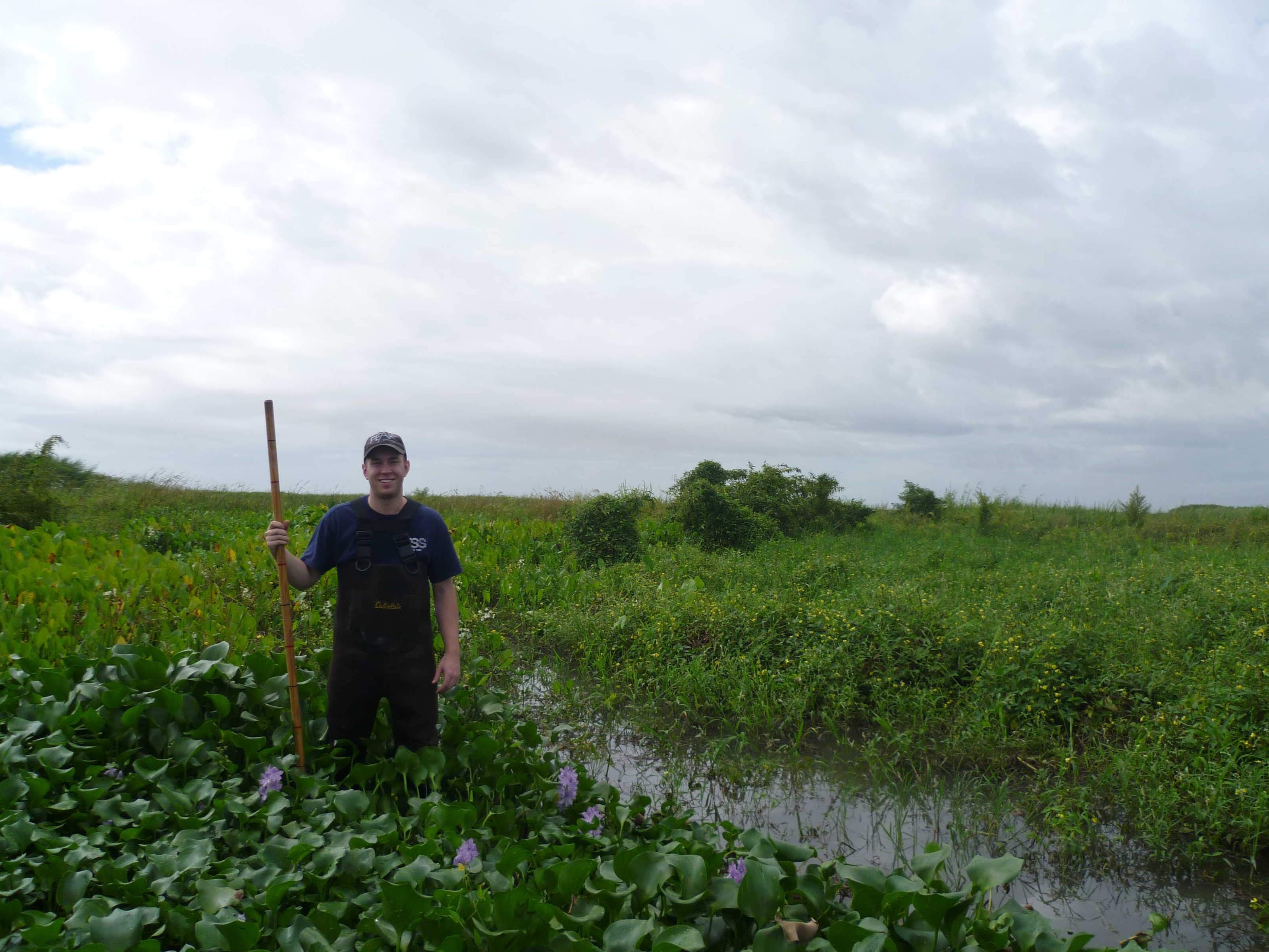
Hundreds of millions of people live on river deltas around the world, making them central to rich diversity in culture and thriving economies. As deltas face environmental degradation and ongoing climate change, governments have sought ever more drastic measures to prevent flooding and protect society and its infrastructure. But, these policies can harm the natural environment and lead to loss of precious land. Striking a balance between limiting deltaic land loss and maximizing cultural and economic benefit to society is a top priority in sustainability policy.
-
Researchers Challenged to Optimize Building Energy Use with AI
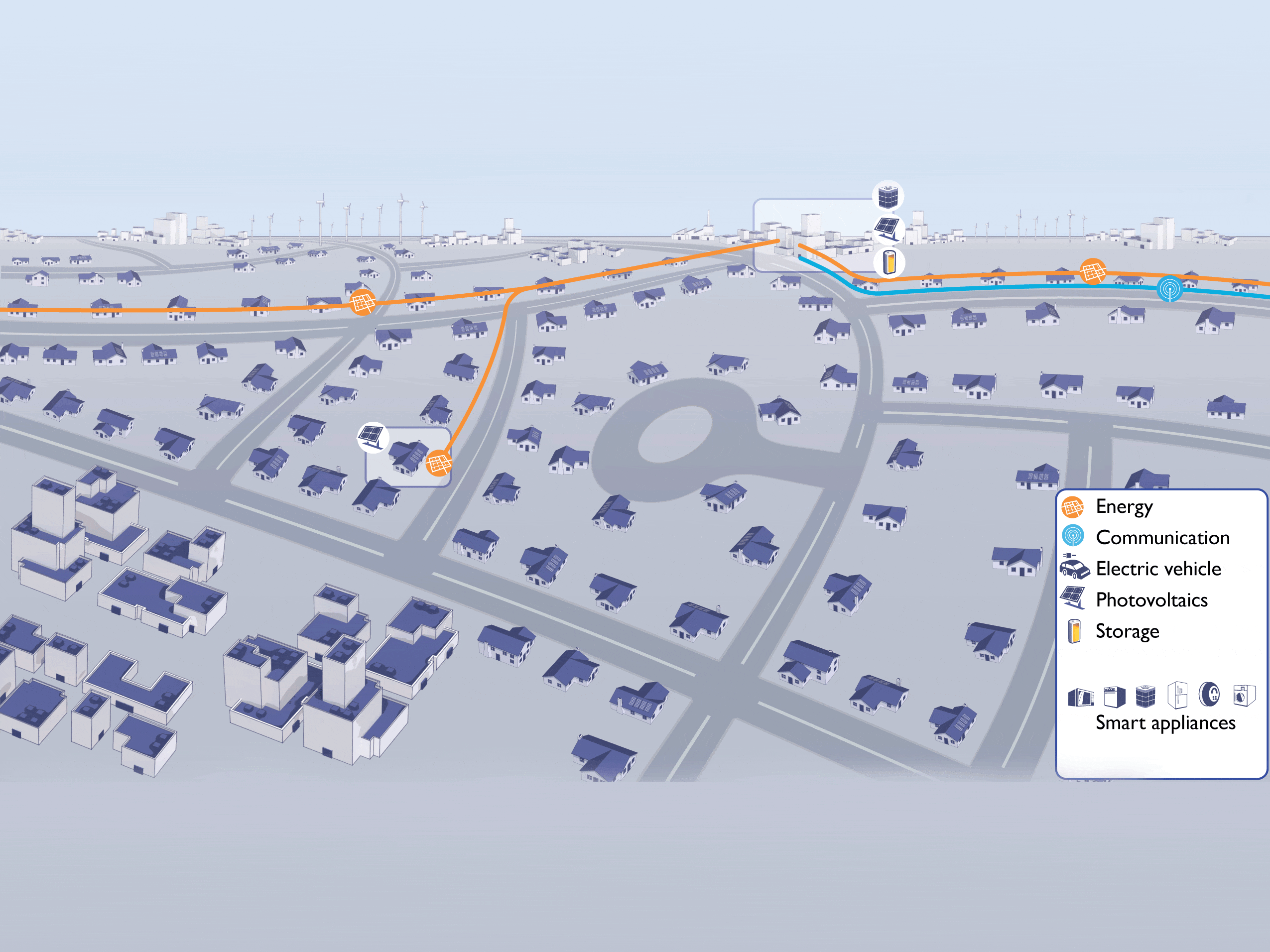
Texas Engineers have turned to the research community to help solve a complicated energy problem, one that is likely top of mind for many Texans after the February storms that knocked out power for millions. The CityLearn Challenge, now in its second edition, tasks research teams from around the globe with creating control systems for virtual neighborhoods composed of nine buildings to best maximize energy efficiency. The teams must program an "intelligent agent" that uses a machine learning model called reinforcement learning, a way of training machine learning models to make a sequence of decisions with a specific goal or reward in mind and a trial-and-error component. Participating teams’ intelligent agents must make energy usage decisions with a goal of reducing the load on the grid during times of high demand.
-
Solving a Natural Riddle of Water Filtration
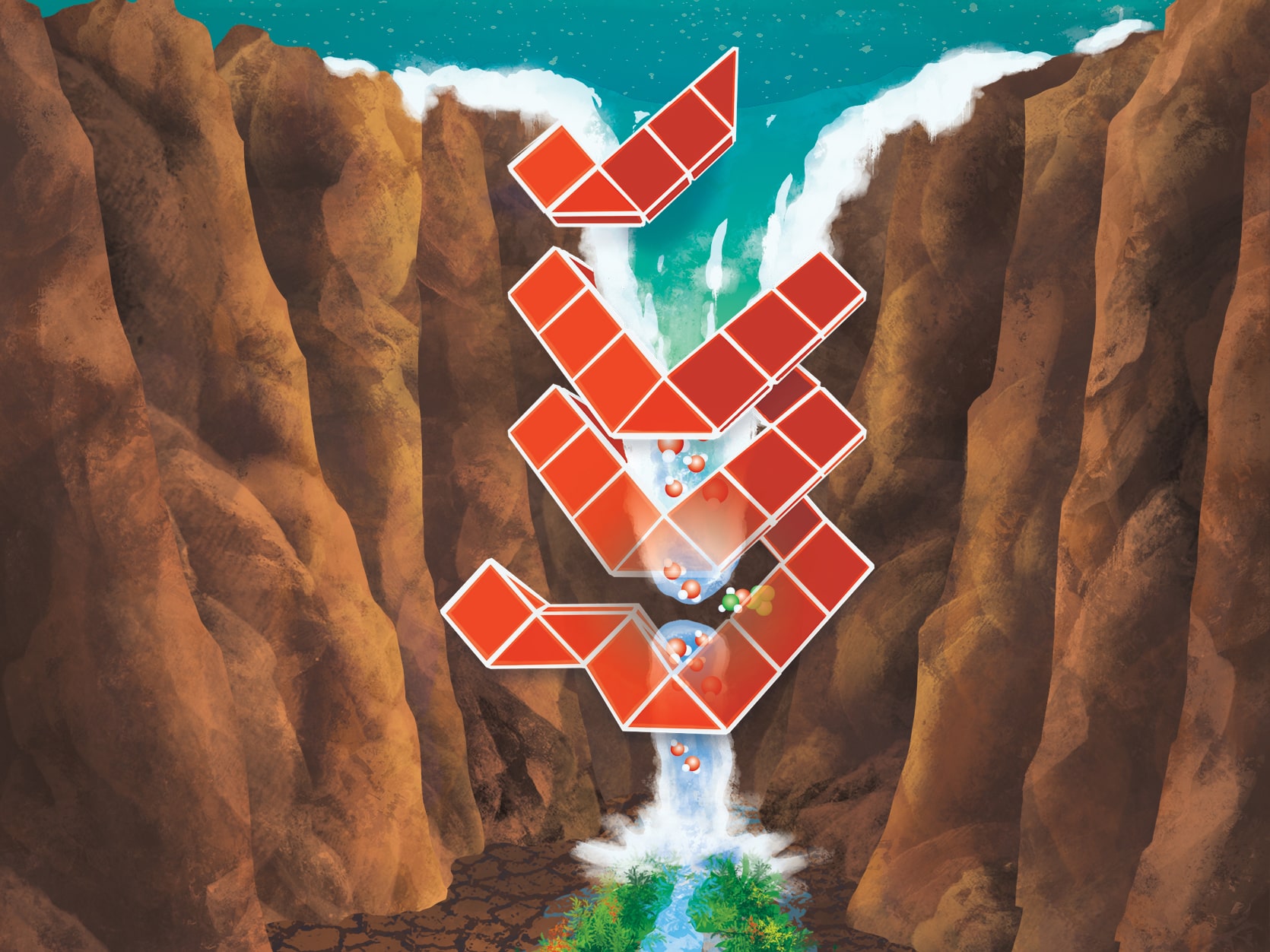
For many engineers and scientists, nature is the world's greatest muse. They seek to better understand natural processes that have evolved over millions of years, mimic them in ways that can benefit society and sometimes even improve on them. An international, interdisciplinary team of researchers that includes engineers from The University of Austin has found a way to replicate a natural process that moves water between cells, with a goal of improving how we filter out salt and other elements and molecules to create clean water while consuming less energy.
-
Why the Human Body Has Not Evolved to Make Childbirth Easier – or Has It?

Despite advances in medicine and technology, childbirth isn’t likely to get much easier on women from a biological perspective. Engineers at The University of Texas at Austin and University of Vienna revealed in new research a series of evolutionary trade-offs that have created a near-perfect balance between supporting childbirth and keeping organs intact on a day-to-day basis. Human reproduction is unique because of the comparatively tight fit between the birth canal and baby’s head, and it is likely to stay that way because of these competing biological imperatives.
-
A Novel Assignment for Telling an Important Story

The explosion of the podcast business has found an intriguing new home, in the classroom. Students in an inter-disciplinary class taught by Cockrell School of Engineering faculty are trying their hand at becoming the next Sarah Koenig (host and producer of the popular podcast Serial), turning to podcasting as the medium to explain a complex issue related to drugs designed to fight microorganisms such as bacteria and fungi.
-
Desalination Breakthrough Could Lead to Cheaper Water Filtration
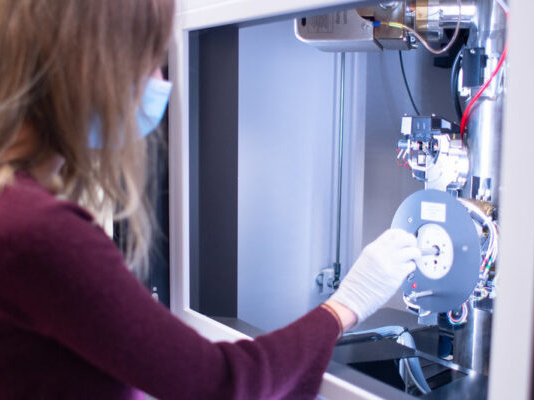
Producing clean water at a lower cost could be on the horizon after researchers from The University of Texas at Austin and Penn State solved a complex problem that had baffled scientists for decades, until now. Desalination membranes remove salt and other chemicals from water, a process critical to the health of society, cleaning billions of gallons of water for agriculture, energy production and drinking. The idea seems simple — push salty water through and clean water comes out the other side — but it contains complex intricacies that scientists are still trying to understand.

